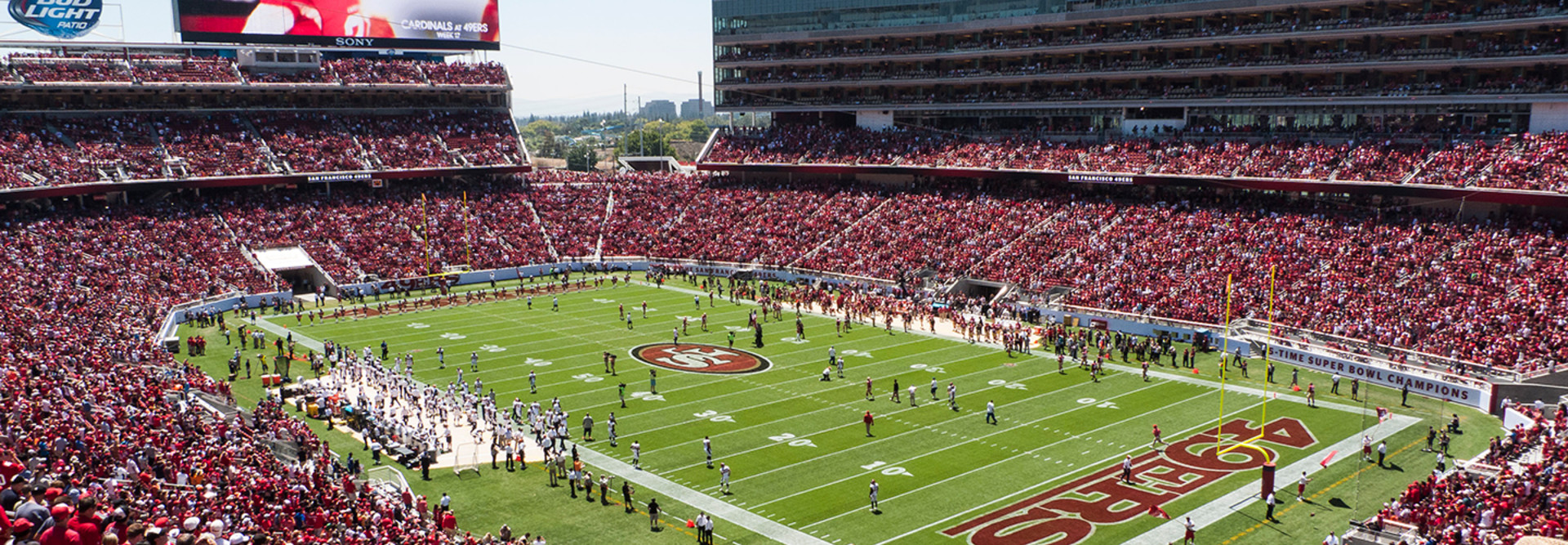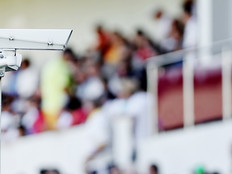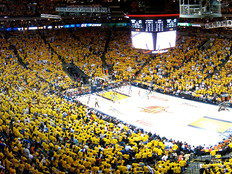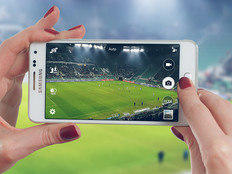How Sports and Entertainment Venues Use IoT to Make Stadiums Smarter
The fan experience is a primary concern for every sports team and venue. Competition for fans’ entertainment dollars is fierce, and giving fans a seat to an exciting game or concert is no longer enough to ensure their loyalty. Increasingly, teams and venues are focusing on technology as a way to deliver a better fan experience.
“Fan experience is at the core of most teams’ business objectives,” Tod Caflisch, the chief technology officer of the Minnesota Vikings, said in an article for Cisco Systems’ Connected Futures website. “You can’t always count on your team winning week-to-week, or being in the playoffs, even, or winning championships, especially. Bringing people back, week-after-week, especially if you’re struggling a little bit, is essential to maintaining business productivity and solvency, at the bottom line.”
The Internet of Things provides an innovative way for teams to use technology to improve the fan experience. By creating smart stadiums that respond to fans’ needs directly, teams deliver a superior experience in a variety of ways.
SIGN UP: Get more news from the BizTech newsletter in your inbox every two weeks!
Smart Stadiums Can Improve the Fan Experience
Smart stadiums provide fans with valuable information such as parking availability, the length of bathroom and concession lines, seat upgrades and special offers. Fans receive a convenient, personalized experience and enjoy shorter lines. They can also receive detailed directions to navigate crowded stadiums and parking facilities.
In Santa Clara, Calif., Levi’s Stadium — home of the San Francisco 49ers — uses more than 2,000 battery-powered beacons from Aruba Networks to recognize the location of fans, according to an article by Network World. This information is processed with data collected by the team’s mobile application and used to help fans find their seats, locate concessions, order refreshments from their seats and even learn the status of their orders.
IoT capabilities demand the support of a robust IT infrastructure. The Sacramento Kings installed new technology throughout their arena, Golden 1 Center, as part of a billion-dollar upgrade, according to a report in Wired. Networking is an essential element of this infrastructure, including hundreds of miles of fiber-optic and copper cabling throughout the building, as well as hundreds of Wi-Fi access points. “A lot of systems — point of sale systems, building automation — a lot of that gets moved to Wi-Fi because it’s so reliable,” Matt Eclavea, the team’s former vice president of technology, told Wired.
A smart stadium deployment integrates numerous systems, including sensors, cameras and digital signs, all of which must connect to wired and wireless networks, as well as servers. Sensors provide up-to-date information on empty parking spots, waiting lines, the number of hot dogs available at concession stands and other stadium data. Cameras are used to monitor all corners of the venue and keep people safe.
Among the benefits of IoT deployments in stadiums are improvements in operational efficiency, according to a report from Intel. Greater efficiencies can be seen in cleaner restrooms that trigger maintenance work orders when a set number of visitors has been exceeded or optimized energy use due to the ability to monitor and change temperatures and lighting throughout a venue via a single dashboard. IoT can also help fans find points of interest or their friends throughout a stadium.
Fans also enjoy a better experience in a safer stadium. Smart stadiums use surveillance cameras to help security staff keep an eye on crowd behavior and quickly identify fans who may be engaging in unruly behavior. Advanced solutions can even implement facial recognition capabilities to oversee fans’ access to sensitive areas.
While the capabilities of smart stadiums may seem amazing, IoT solutions will likely be capable of even greater feats as the technology matures and stadium operators become more familiar with the technology. “We’re still just scratching the surface,” Caflisch told Cisco.









